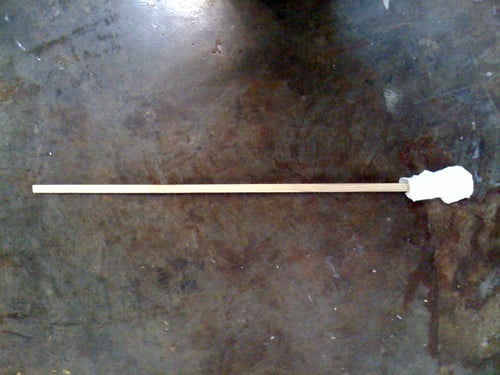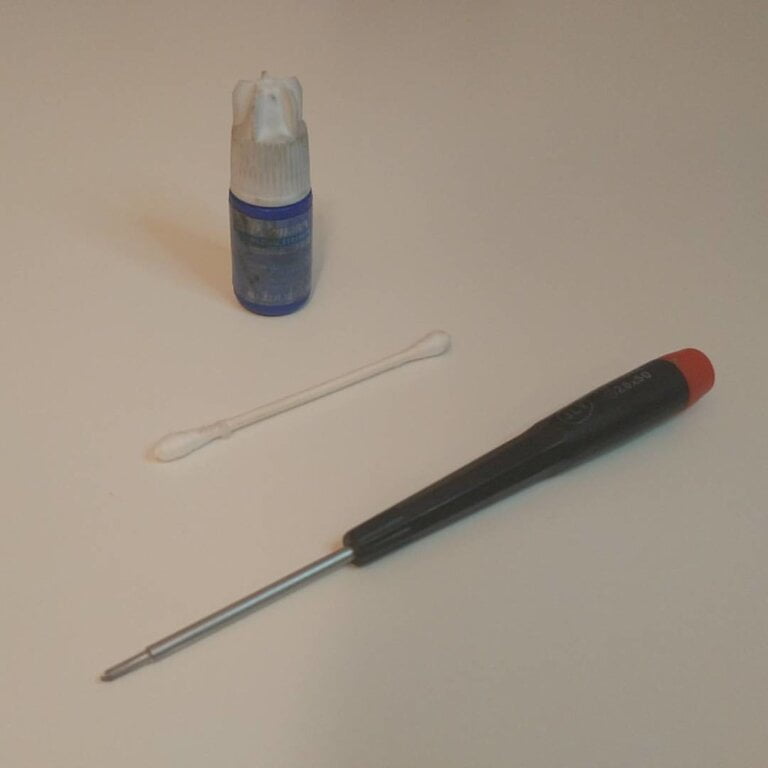Journey into the Ear: A Comprehensive Guide to Understanding Ear Anatomy
Last Updated on 25th April 2024 by Admin
The human ear is an incredibly intricate and complex organ that serves two fundamental functions: hearing and maintaining balance. It is composed of multiple interconnected parts that work harmoniously to enable us to perceive sound and navigate our surroundings. In this comprehensive guide, we will delve deep into the intricate anatomy of the ear, exploring each component and its functions in detail.
1. Outer Ear
The outer ear, also referred to as the auricle or pinna, is the visible part of the ear that protrudes from the side of the head. Its primary function is to collect sound waves and direct them towards the middle ear. The outer ear consists of two main structures: the auricle and the external auditory canal.
1.1 Auricle
The auricle is the external, cartilaginous portion of the ear. Its unique shape and structure contribute to capturing sound and localizing its source. The intricate folds and ridges of the auricle enhance our ability to discern different frequencies and volumes of sound. The auricle also plays a role in amplifying certain frequencies, particularly those in the range of human speech, making it easier for us to understand and communicate with others.
1.2 External Auditory Canal
The external auditory canal, commonly known as the ear canal, is a narrow, tube-like structure that connects the auricle to the middle ear. Its main function is to serve as a pathway for sound waves to travel from the outer ear to the eardrum. The canal is lined with ceruminous glands that produce cerumen, commonly known as earwax. Earwax helps to protect the ear by trapping dust, debris, and potential microbial infections. It also acts as a lubricant for the ear canal, preventing dryness and irritation.
The external auditory canal has a slight curvature, which helps to amplify and enhance certain frequencies of sound. This natural resonance of the ear canal contributes to our ability to perceive different pitches and tones. Additionally, the length and shape of the ear canal play a role in our individual hearing abilities, as they affect the way sound waves are transmitted to the eardrum.
2. Middle Ear
The middle ear is a small, air-filled chamber located between the eardrum and the inner ear. It contains three tiny bones known as ossicles, which play a crucial role in transmitting sound vibrations from the eardrum to the inner ear. The middle ear consists of three main components: the eardrum, ossicles, and the Eustachian tube.
2.1 Eardrum
The eardrum, medically referred to as the tympanic membrane, is a thin, translucent membrane that separates the outer ear from the middle ear. When sound waves enter the ear canal, they strike the eardrum and cause it to vibrate. These vibrations amplify the sound and transfer it to the ossicles, initiating the process of converting sound waves into mechanical energy. The eardrum’s sensitivity to sound waves allows us to perceive a wide range of auditory stimuli.
2.2 Ossicles
The ossicles, collectively known as the auditory ossicles, are the smallest bones in the human body. They consist of three interconnected bones: the malleus (hammer), incus (anvil), and stapes (stirrup). These three bones form a chain-like structure that bridges the gap between the eardrum and the inner ear. The ossicles amplify and transmit sound vibrations from the eardrum to the inner ear, effectively converting sound waves into mechanical energy that can be processed by the auditory system.
Each bone in the ossicular chain has a unique shape and function. The malleus, attached to the eardrum, receives and transmits vibrations from the eardrum to the incus. The incus, in turn, transfers these vibrations to the stapes. The stapes then transmits the amplified sound vibrations to the inner ear. The coordinated movement of these tiny bones ensures efficient transmission of sound signals, allowing us to perceive sounds with varying frequencies and intensities.
2.3 Eustachian Tube
The Eustachian tube, also known as the auditory tube, is a narrow passage that connects the middle ear to the back of the throat. It plays a vital role in equalizing air pressure on both sides of the eardrum, ensuring its proper function. The Eustachian tube opens briefly during activities like swallowing, yawning, or chewing, allowing air to flow in and out of the middle ear. This equalization of pressure on both sides of the eardrum helps prevent discomfort and potential damage to the delicate structures within the ear.
In addition to pressure equalization, the Eustachian tube also serves as a drainage pathway for fluids that may accumulate in the middle ear. It helps maintain a healthy environment by allowing any excess fluid, such as mucus or other secretions, to drain out of the ear. Proper drainage of fluids is essential to prevent the development of middle ear infections, which can cause pain, hearing loss, and other complications.
3. Inner Ear
The inner ear is the deepest part of the ear and comprises various interconnected structures responsible for converting sound into electrical signals that can be interpreted by the brain. It consists of two primary components: the cochlea and the vestibular system.
3.1 Cochlea
The cochlea is a spiral-shaped, fluid-filled structure that plays a crucial role in our ability to hear. It contains thousands of tiny sensory cells called hair cells, which are responsible for converting sound vibrations into electrical signals. When sound waves reach the cochlea, they cause fluid inside the cochlea to move, stimulating the hair cells. These hair cells then convert the mechanical energy of the fluid movement into electrical signals. These signals are then transmitted to the brain via the auditory nerve, allowing us to perceive and interpret sounds.
The cochlea is a highly specialized structure that is capable of discriminating between different frequencies of sound. It is organized in such a way that specific regions of the cochlea are responsible for processing different frequencies. This tonotopic organization enables us to perceive and differentiate between various pitches and tones, allowing us to enjoy music, understand speech, and recognize environmental sounds.
3.2 Vestibular System
The vestibular system is a complex network of structures within the inner ear that plays a crucial role in maintaining our balance and spatial orientation. It consists of the semicircular canals and the otolithic organs, which work together to provide information about our head position, movement, and acceleration.
The semicircular canals are three fluid-filled structures arranged in different planes and are responsible for detecting rotational movements of the head. When we rotate our head, the fluid inside these canals moves, stimulating specialized hair cells. These hair cells then send signals to the brain, allowing us to perceive and adjust to changes in our head position.
The otolithic organs, which include the utricle and saccule, detect linear movements and gravitational forces. They are filled with tiny calcium carbonate crystals known as otoliths, which move in response to changes in head position or acceleration. When the otoliths move, they stimulate hair cells, generating electrical signals that are sent to the brain. This information is crucial for maintaining our balance and stability, allowing us to navigate our surroundings with precision.
Conclusion
Understanding the complex anatomy of the ear is essential for comprehending the mechanisms behind our ability to hear and maintain balance. From the collection of sound waves in the outer ear to their conversion into electrical signals in the inner ear, each component plays a vital role in this intricate process. By gaining knowledge about ear anatomy, we can appreciate the complexity of this sensory organ and take steps to protect and preserve our hearing health. So, let’s embrace this journey into the ear and discover the wonders of its anatomy and functionality.
Note: The complete article will be published online and is presented here in markdown format.
FAQ
1. What is the function of the outer ear?
The outer ear collects sound waves and directs them towards the middle ear.
2. What are the main structures of the outer ear?
The main structures of the outer ear are the auricle and the external auditory canal.
3. What is the function of the middle ear?
The middle ear transmits sound vibrations from the eardrum to the inner ear.
4. What are the components of the middle ear?
The middle ear consists of the eardrum, ossicles (malleus, incus, and stapes), and the Eustachian tube.







